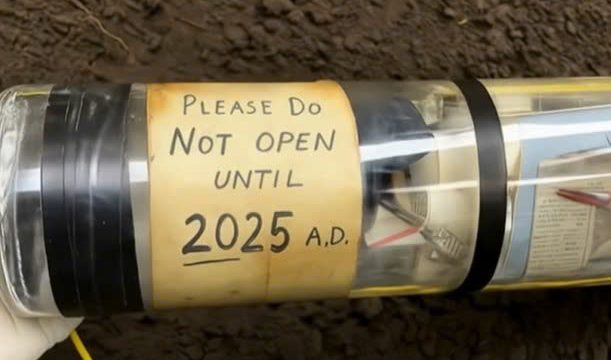In my house, predicting how much milk we’ll actually drink in a week feels like playing a game I can never win. Some weeks I buy what I think is a reasonable amount, only to find the jug empty within two days as if everyone suddenly decided to live on cereal and lattes. Other weeks I stock up to avoid those last-minute store runs, and half of it ends up sitting in the fridge until the expiration date sneaks up on me, forcing me to pour it down the drain. It’s frustrating, wasteful, and just one more thing on my list of “household mysteries I’ll never solve.”

That’s why I was shocked when I learned something so simple that it made me wonder why I hadn’t tried it years ago—you can freeze milk. Yes, the same milk that spoils too quickly can be safely frozen and stored for later use, and the process is far easier than you might expect. The key is knowing how to freeze it correctly so it’s safe to use and doesn’t create a disaster in your freezer. If your milk comes in those standard plastic gallon jugs, the first thing you need to do is pour out about one cup before freezing. Milk expands when it freezes, and if you don’t leave room for that expansion, you risk splitting the container or, worse, ending up with a frozen milk explosion coating everything in your freezer.
That one small step can save you a huge mess. Once you’ve made room in the jug, you have a couple of storage options. You can freeze the entire jug if you know you’ll need a large quantity later, or you can portion the milk into ice cube trays if you plan to use smaller amounts. The cube method is perfect for cooking, baking, or adding a splash of milk to coffee—no need to thaw a whole gallon when you just need a little. Whichever method you choose, make sure you’re only freezing milk in plastic containers. Freezing milk in glass is risky because the expansion can cause the glass to crack or shatter, and cleaning up milk and broken glass is no one’s idea of a good time.
As for how long frozen milk lasts, you can safely store it for up to three months. That gives you plenty of flexibility, whether you’re stocking up during a sale, trying to cut down on grocery trips, or just making sure your family’s unpredictable milk habits don’t lead to waste. When it’s time to thaw, the safest method is to put the milk in the refrigerator for about 24 hours so it can defrost slowly. If you’re in a rush, you can speed up the process by placing the container in a sink or large bowl filled with cold water; this can have it ready in roughly 30 minutes.
Just remember to shake it well before using, as freezing can cause the fat to separate slightly. While the texture may be just a bit different from fresh milk—sometimes a little grainy—it’s perfectly fine for drinking, cooking, or baking. Learning this trick has been a total game-changer for me. No more panicked grocery runs because we ran out of milk midweek, and no more guilt over wasting food and money when we let it expire. It also opens up so many practical uses I hadn’t thought about before. If milk goes on sale, I can stock up without worrying it will spoil before we drink it. If we’re heading out of town, I can freeze whatever’s left instead of tossing it.
And those milk cubes have become my secret weapon for recipes that only call for a little milk or for making iced coffee that won’t get watered down. It’s one of those small, smart changes that makes life a little easier and a lot less wasteful. For families like mine, where some weeks we can barely keep milk in the house and other weeks it sits untouched, having frozen milk on hand is like insurance against unpredictability. I’ve come to appreciate how much less stressful grocery shopping feels now that I know I have a backup supply waiting in the freezer. The best part? This hack works for just about anyone, whether you’re managing a busy household, living alone, or just trying to be more mindful about food waste.
So if you’ve ever found yourself dumping spoiled milk down the sink or making an unplanned store run for a fresh gallon, freezing milk might be the answer you didn’t know you needed. It’s simple, effective, and saves both money and frustration. Now if only I could figure out a way to predict exactly how much cereal we’ll eat in a week, I might actually win this never-ending breakfast battle. Until then, at least the milk problem is solved.





